Editorial: Why 2026 Will Be Rivian’s Breakout Year
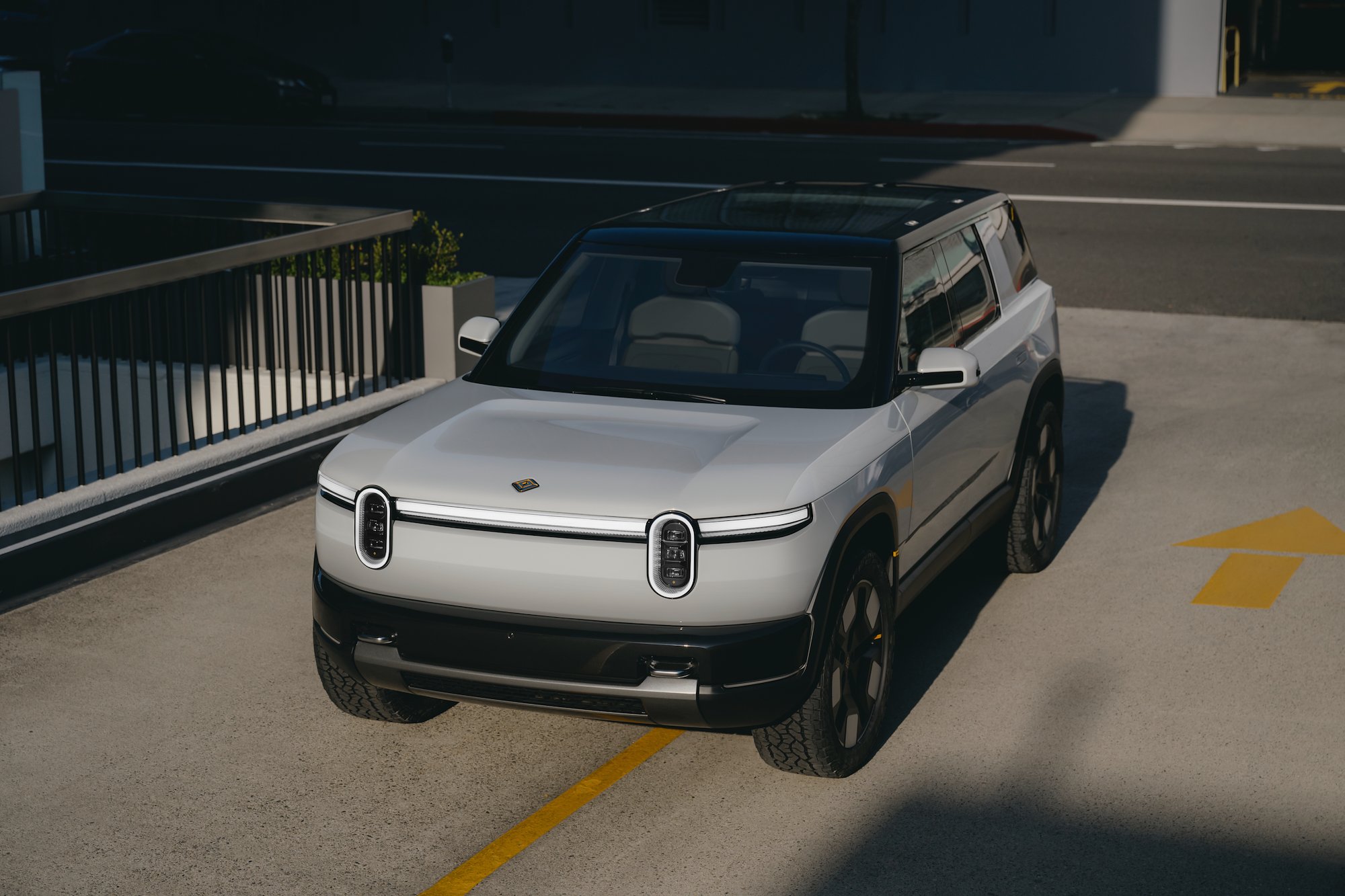
2026 is not just the year Rivian launches a cheaper SUV. It is the year Rivian stops being “the cool truck startup” and starts looking like a full blown technology platform that happens to build vehicles. R2, autonomy, ALSO, and Mind Robotics are not four separate storylines. They are one big bet that Rivian can live in every layer of how people and goods move in the real world, from bikes and delivery quads all the way up to industrial robots and AI.
tl;dr
- 2026 is the year Rivian shifts from niche EV maker to full tech platform
- R2 launches as Rivian’s first true mass market vehicle and the company’s most important product
- Rivian’s Universal Hands Free autonomy starts rolling out in a meaningful way
- ALSO’s TM-B e-bike and TM-Q cargo quad expand Rivian’s ecosystem beyond cars
- Mind Robotics sets up Rivian’s long term play in industrial AI and robotics
- All four efforts converge in 2026, making it the defining year for Rivian’s future
Start with R2, because everything else orbits around it. Rivian has already rolled out hundreds of production intent R2 prototypes from its pilot line, with those vehicles now in final validation testing on public roads, including at Tesla Superchargers. Add in the ongoing build out of the Normal expansion and the Georgia plant that is explicitly framed as the long term R2 and R3 factory, and you can see how much of Rivian’s survival is riding on that platform actually shipping at scale.
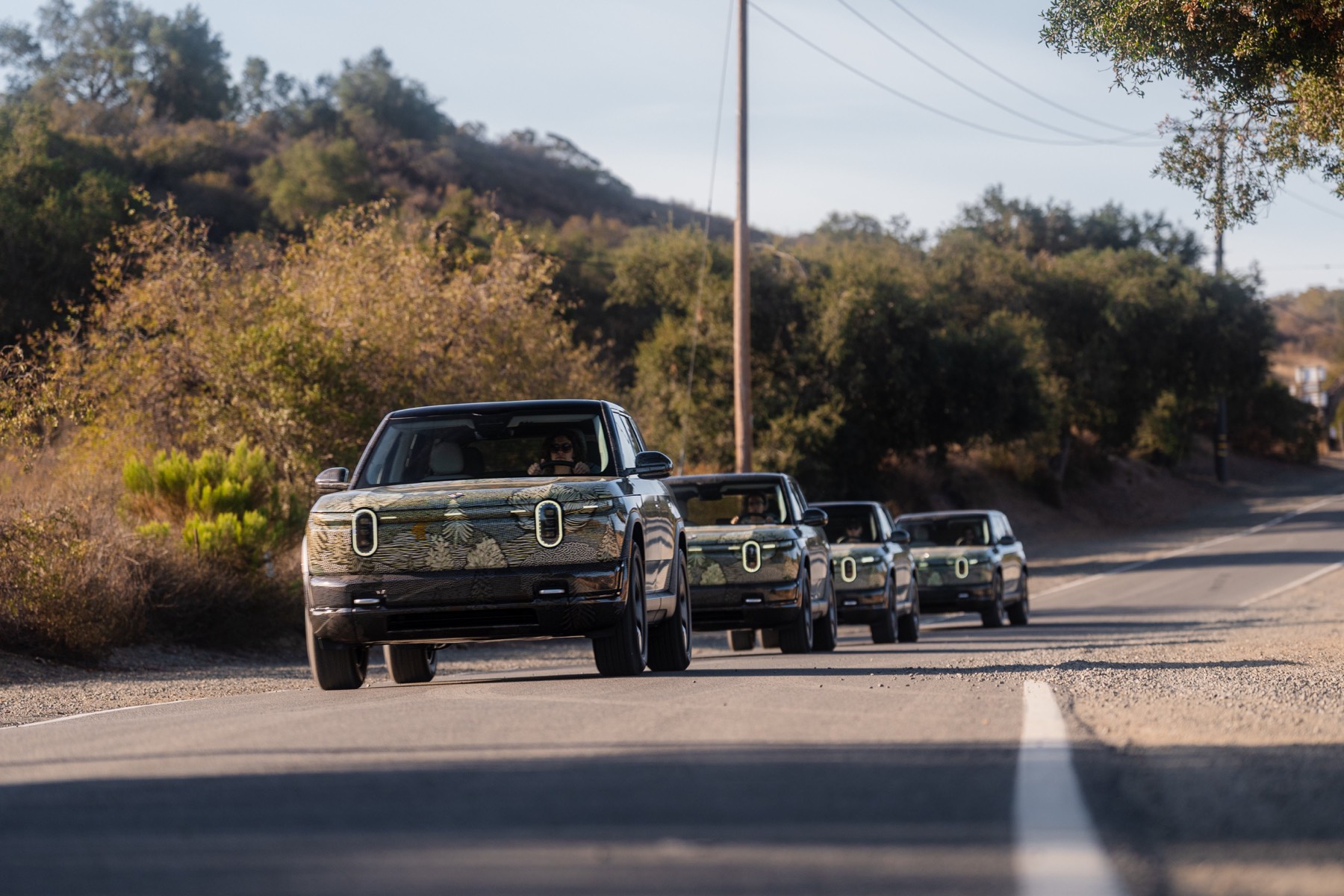
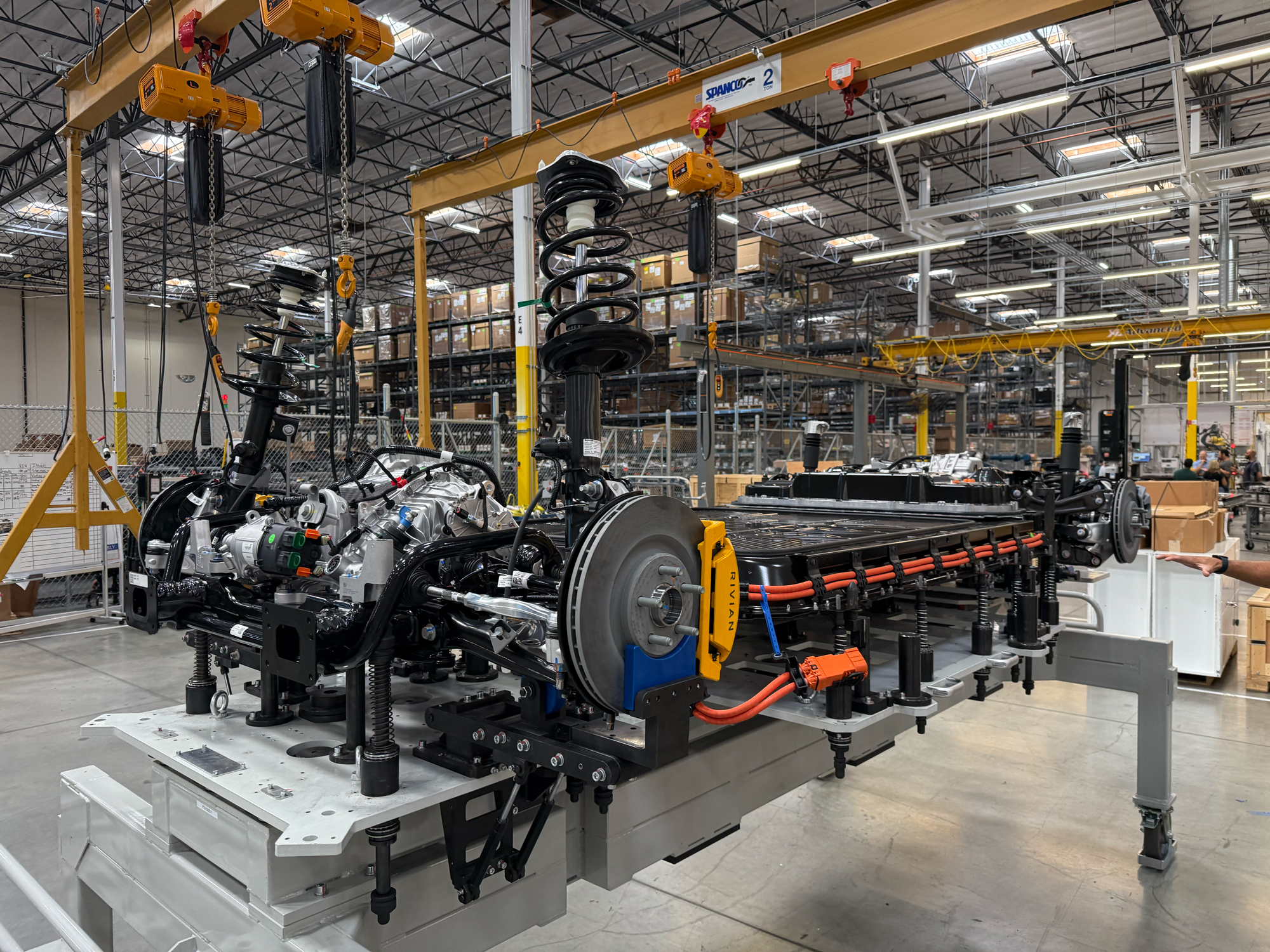
R2 is the first time Rivian gets to answer a simple question at volume: will regular buyers, not just early adopters, pick a Rivian over a Tesla, Hyundai, or Toyota when they walk into a showroom or start a configurator. The pricing, the new 4695 battery architecture, and the energy management control module that enables bidirectional charging and vehicle to home capabilities all exist for that exact purpose, to give R2 a tech edge while still feeling attainable. If Rivian nails the launch, R2 turns the brand from niche to mainstream. If it stumbles, there is no other product that can bail the company out quickly enough.
Layered on top of that is autonomy, and this is where 2026 gets really interesting. RJ has already talked publicly about riding in a Gen 2 R1 around the Palo Alto area for roughly two hours while the vehicle handled the driving itself, a preview of what Rivian is calling Universal Hands Free. Rivian is now hosting its first ever Autonomy and AI Day on December 11 in the Bay Area, promising to “pull the curtains back” on its hardware stack, in house perception, data flywheel, and where its autonomy roadmap is headed.
To me, 2025 is the teaser trailer for Rivian autonomy. 2026 is when we start to see it land in customer cars in a meaningful way. The R2 battery and electronics architecture were designed from scratch with this autonomy platform in mind, including more integrated power electronics and compute. Rivian is not chasing robotaxis. It is going after something much more useful in the next five years, a practical hands free system that works on highways and eventually beyond, focused on comfort, safety and reducing driver workload. When you combine that with a mass market vehicle like R2, you get Rivian’s first real shot at showing what its “software defined vehicle” story looks like at scale.
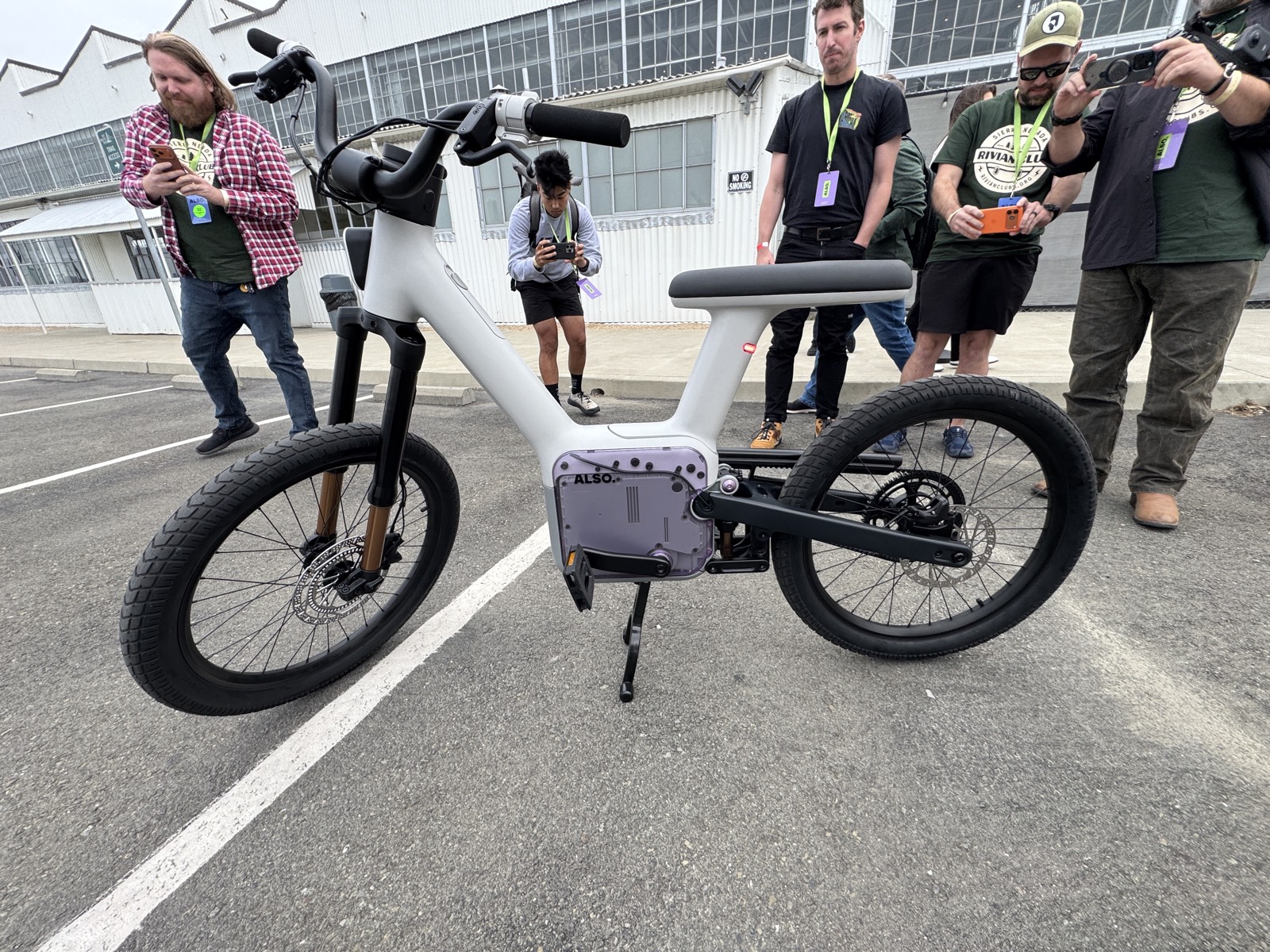
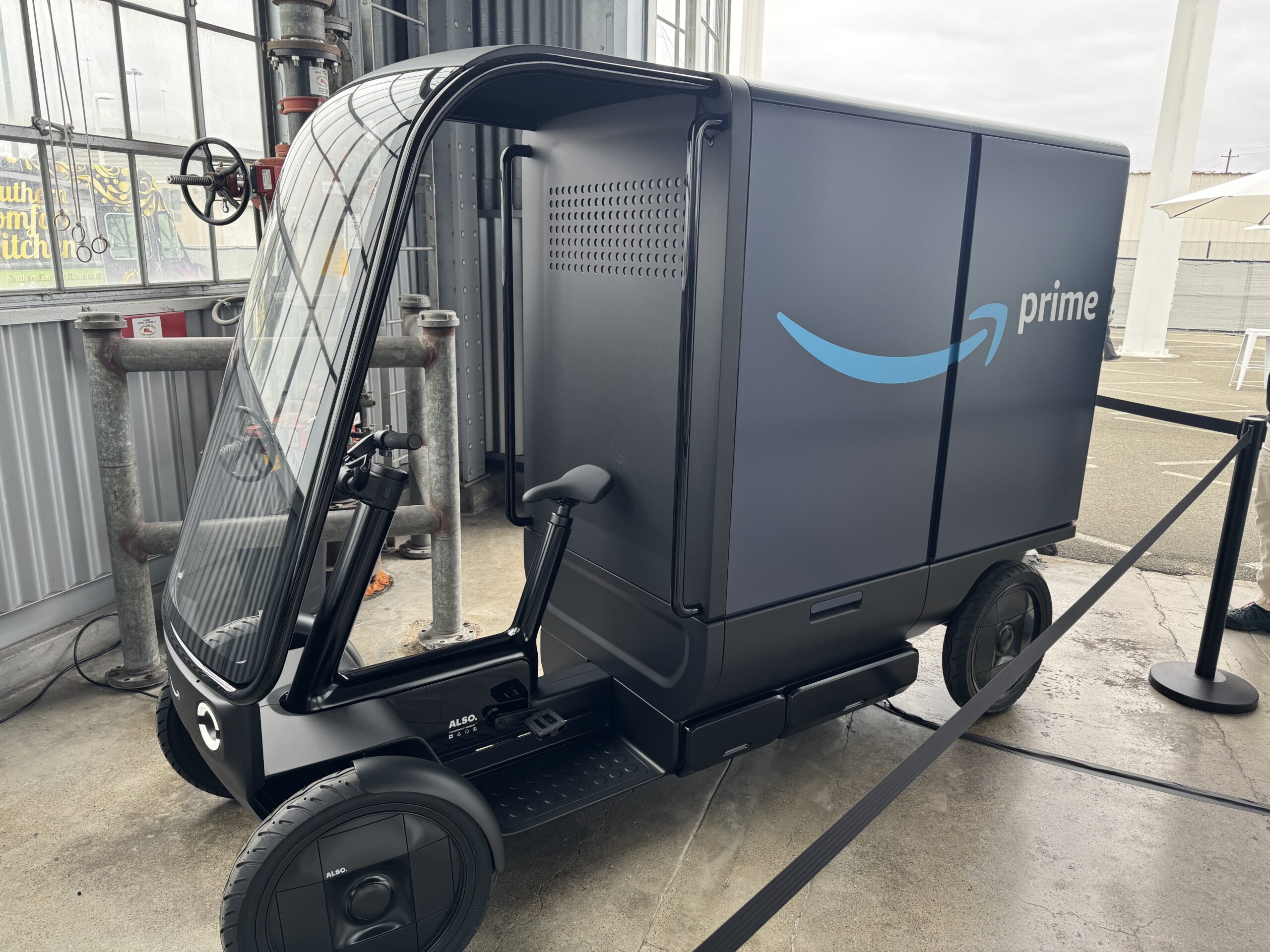
Now zoom out from cars for a second and look at ALSO and the TM-B. Rivian spun ALSO out as a micromobility startup, and its TM-B e-bike is honestly one of the most ambitious products in that space right now. It uses a “DreamRide” pedal by wire drivetrain where your pedaling powers a generator and a traction motor drives the wheel, and it layers in regenerative braking, ABS, a five inch touchscreen, keyless unlocking, and deep modularity for different seats and cargo setups. The launch edition comes in at $4,500, with a base TM-B now starting near $3,500. Deliveries are targeted for 2026, which means Rivian aligned its micromobility timeline with R2 on purpose.
Why does that matter for an editorial about “the year of Rivian.” Because ALSO shows how Rivian thinks about the edges of its ecosystem. The TM-B and its TM-Q cargo quad sibling are designed to pull short trips out of cars entirely and even power last mile delivery fleets, including a partnership where Amazon plans to deploy thousands of ALSO cargo quads in North America and Europe. If R2 is about owning your road trip and daily commute, ALSO is about owning the one to five mile trips around your neighborhood and the packages that show up at your door. 2026 is the first year where those worlds overlap in the real world, not just in pitch decks.
Then you have Mind Robotics, the newest spinout that almost feels like a post credits scene for Rivian’s long term vision. Announced in Rivian’s Q3 2025 materials, Mind Robotics is a separate company focused on industrial AI and robotics, seeded with roughly $110 to $115 million from external investors. The idea is to take Rivian’s experience running complex factories and service operations, along with the data coming off its vehicles, and turn that into a robotics and physical AI platform that can be sold into other industries.
We do not know a lot yet about specific Mind Robotics products, and that is fine. What matters for 2026 is that Rivian is explicitly saying “our real moat is our tech stack and our operational data, not just the sheet metal.” Mind Robotics, the Volkswagen joint venture, ALSO, and the autonomy platform all speak to the same belief that Rivian can become a software and AI company that happens to build some very good EVs, rather than a car company that dabbles in software.
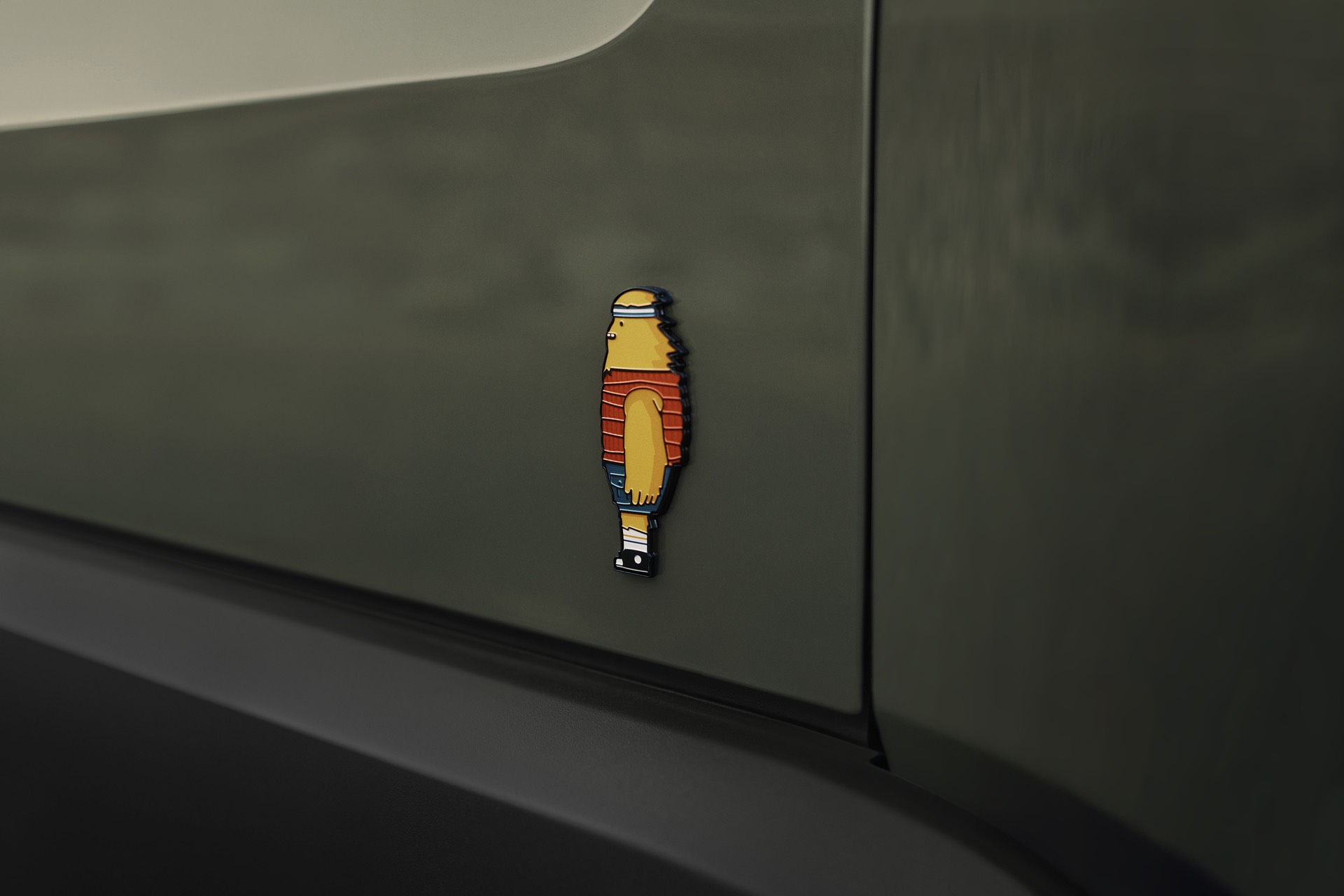

Of course, none of this is happening in a vacuum. The EV market in 2025 has been rough. Rivian has laid off workers, trimmed delivery guidance, and is staring down the loss of key federal incentives and a much more hostile policy environment. The Georgia plant and the Normal expansion are massive financial bets at a time when investors are already nervous. R2 absolutely has to ramp, and Rivian cannot afford a repeat of the early R1 production struggles at 5 or 10 times the volume.
That is exactly why I think 2026 is the year of Rivian. By this time next year, we should know if the R2 launch was successful, if Universal Hands Free is actually rolling out to real owners and not just in RJ demos, if ALSO bikes and quads are in the wild making people rethink what a “Rivian” product can be, and whether Mind Robotics is starting to sign real industrial customers instead of just living in slide decks. Put differently, 2026 is when Rivian’s multi pronged strategy either snaps into focus or starts to look like too many side quests.
If the company executes, 2026 will be remembered as the moment Rivian stopped being defined by its first truck and SUV and started being defined by its platform. A mid priced SUV with serious tech, a credible autonomy stack, a micromobility brand with real hardware on the street, and an industrial AI spinout are not things you normally associate with a young automaker that is still fighting for profitability. That is exactly what makes this year so important. 2021 was the IPO. 2022 was the painful production ramp. 2023 and 2024 were survival years.
2026 is the year we find out what Rivian really wants to be when it grows up.

This was incredibly insightful! Thank you for zooming out and stitching the story of Rivian together.
This is an amazing article. I can’t wait to read this is 10 years when Rivian has a trillion dollar market cap